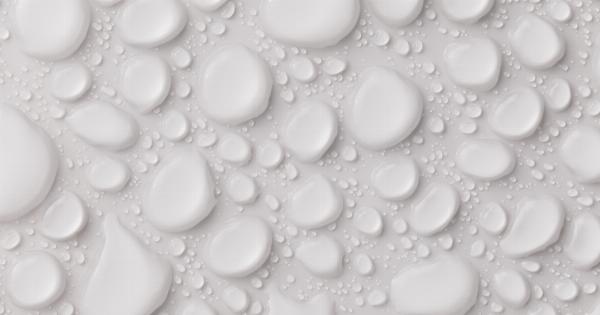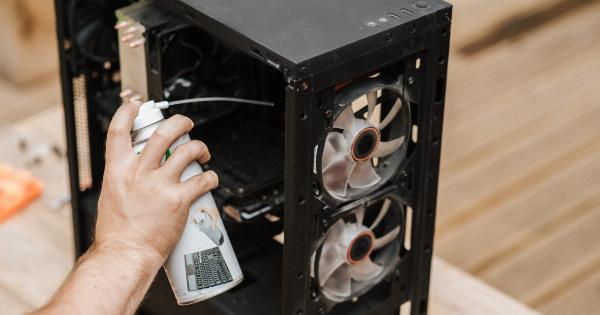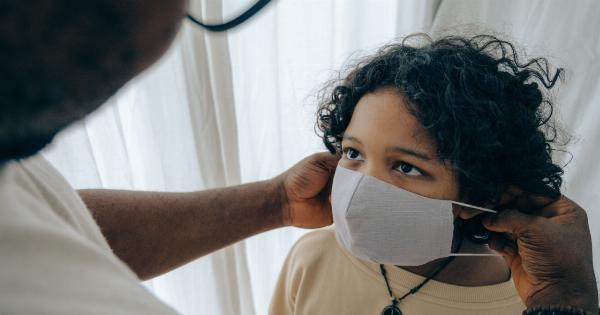Childhood infections are a common concern for parents as they can cause discomfort and illness in young children. As a result, many parents take various precautions to prevent the spread of infections within their homes.
One such precaution is regular vacuuming, which is believed to help remove germs and prevent the spread of diseases. However, there is a debate surrounding whether vacuuming can actually cause the spread of childhood infections. In this article, we will explore this controversial topic and provide an in-depth analysis of the factors involved.
Understanding childhood infections
Childhood infections can be caused by various microorganisms such as bacteria, viruses, and fungi. These infections can range from common colds to more serious illnesses like influenza, pneumonia, or gastroenteritis.
Young children are particularly vulnerable to infections due to their developing immune systems and propensity for close contact with other children in daycare centers, schools, or playgrounds.
How infections spread
Infections can spread through various modes of transmission. The most common modes include:.
- Direct contact: When an infected person comes into physical contact with an uninfected person, the transmission can occur. This can be through touching, kissing, or sharing personal items.
- Indirect contact: Infections can also spread through indirect contact. This occurs when an uninfected person touches a contaminated surface or object and then touches their mouth, eyes, or nose.
- Airborne transmission: Some infections can spread through the air when an infected person coughs or sneezes, releasing tiny droplets containing the infectious agent into the air. These droplets can be inhaled by others, leading to infection.
- Fecal-oral transmission: Certain infections, particularly gastrointestinal ones, can be spread through contaminated food, water, or surfaces that have come into contact with fecal matter.
The role of vacuuming in preventing infections
Vacuuming is a common household chore aimed at removing dust, dirt, and other particles from floors and carpets.
Many parents believe that regular vacuuming can help reduce the number of germs in their homes, thereby lowering the risk of childhood infections. However, the effectiveness of vacuuming in preventing infections has been a subject of debate among experts.
Understanding the risks
While vacuuming can indeed remove visible dirt and debris, it may not eliminate all microorganisms that cause infections.
Particles such as bacteria and viruses can be small enough to remain suspended in the air even after vacuuming, putting individuals at risk of inhaling them. Additionally, vacuuming can cause the redistribution of these particles, potentially increasing the chances of coming into contact with them.
The importance of proper hygiene
While the direct impact of vacuuming on the spread of childhood infections remains unclear, it is important to note that good hygiene practices play a significant role in reducing the risk of infections.
Regular handwashing with soap and water, especially before meals and after using the restroom, can greatly reduce the chance of transmitting infections. Disinfecting frequently touched surfaces, such as doorknobs and light switches, can also help prevent the spread of germs.
Tips for minimizing the potential risks of vacuuming
While vacuuming may not guarantee the elimination of all microorganisms, certain measures can be taken to minimize the potential risks associated with vacuuming:.
- Using a vacuum with a HEPA filter: A vacuum equipped with a High-Efficiency Particulate Air (HEPA) filter can help capture smaller particles, including some microorganisms, and reduce their redistribution.
- Regularly cleaning and maintaining the vacuum: Cleaning the vacuum and replacing the filters as recommended by the manufacturer can ensure its optimal performance and efficiency in capturing particles.
- Vacuuming in well-ventilated areas: Vacuuming in well-ventilated spaces can help minimize the accumulation of airborne particles by allowing them to disperse more readily.
- Supplementing with other cleaning methods: Using additional cleaning methods, such as wet mopping or steam cleaning, can further reduce the presence of germs and allergens in the environment.
- Following proper storage and disposal practices: Emptying the vacuum canister or changing the bag in a manner that minimizes the release of trapped particles is crucial.
Conclusion
The question of whether vacuuming can cause the spread of childhood infections does not have a straightforward answer. While vacuuming can remove visible dirt and debris, its effectiveness in eliminating microorganisms is limited.
Proper hygiene practices, such as regular handwashing and disinfection of surfaces, remain vital in preventing the spread of infections. When vacuuming, using a vacuum with a HEPA filter, maintaining cleanliness, and adopting other cleaning methods can help minimize the potential risks associated with vacuuming.



























